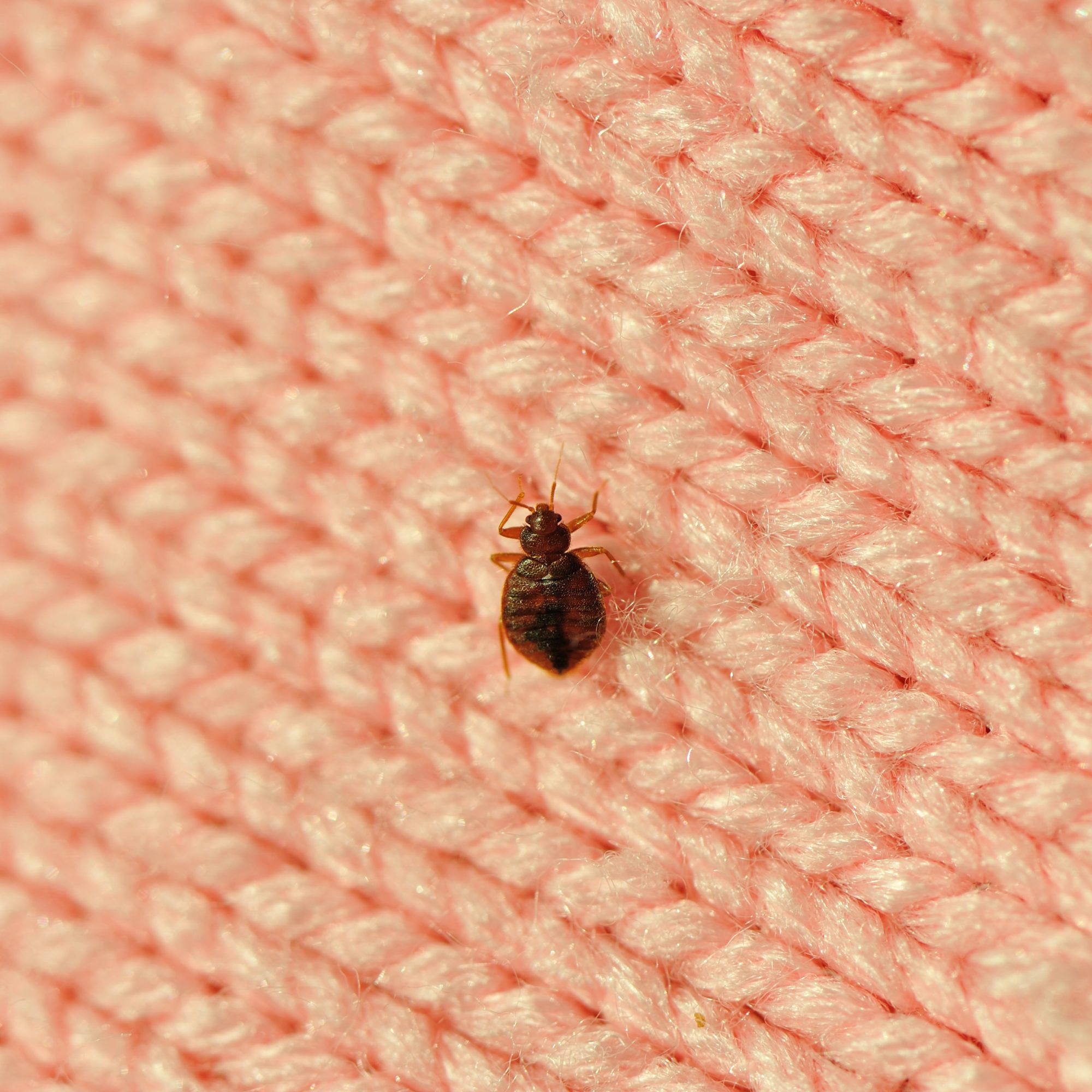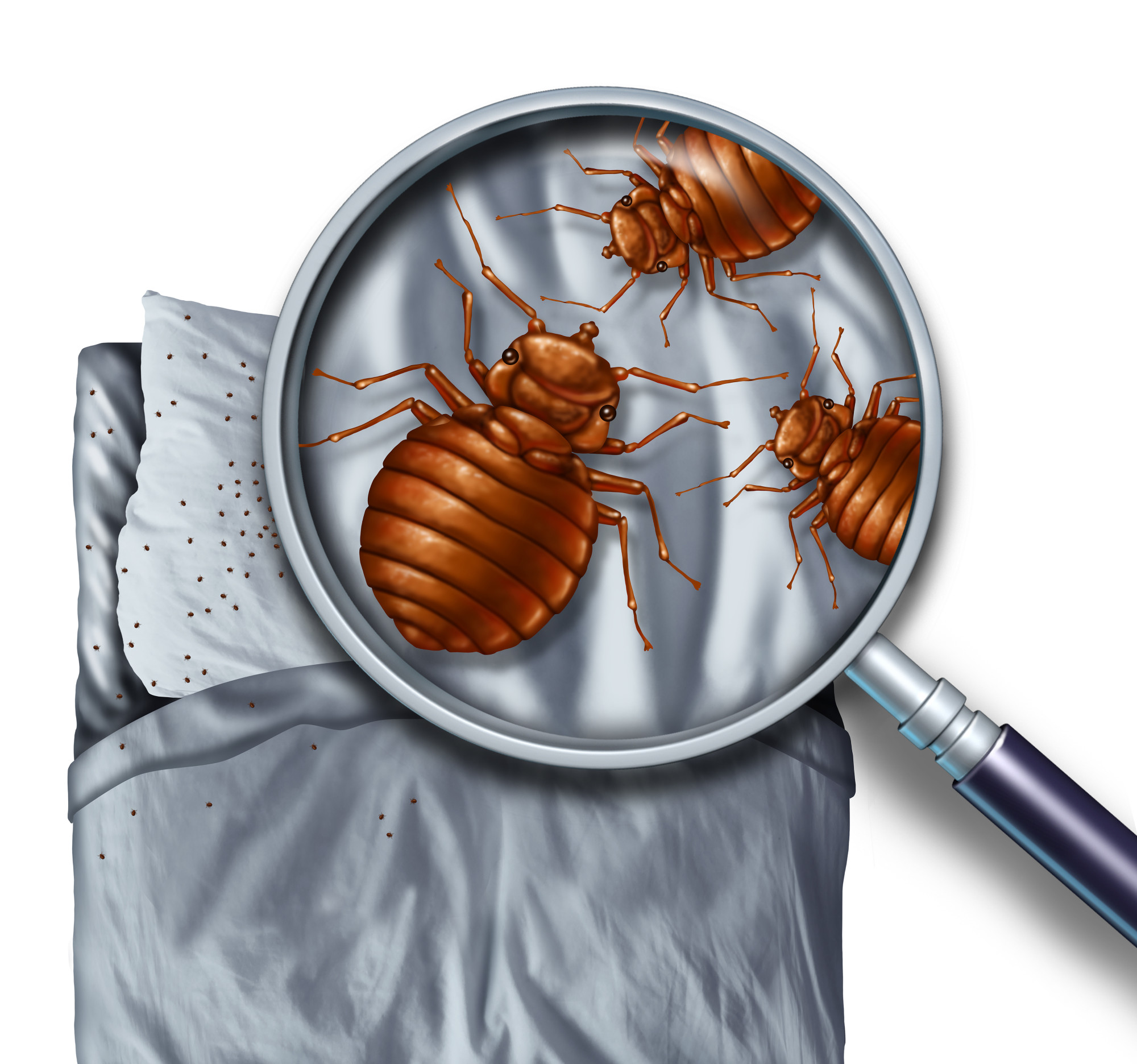Finding out you might have uninvited little guests in your home can feel, well, a bit unsettling. It’s a common worry for many folks, and often, the first thing people think about are those tiny, itchy marks that show up on your skin. But, you know, while those little skin irritations might make you wonder, they're actually just one piece of a bigger picture when it comes to figuring out if you have a bed bug situation. There are other subtle clues, little whispers, that these small creatures leave behind that can really help you get a clearer idea of what’s going on.
It’s actually pretty important to look for a collection of these hints, because, like, any single sign by itself might not tell the whole story. For instance, those little red bumps on your skin could honestly be from any number of things, like a mosquito, or maybe just a mild skin reaction to something else in your environment. So, to really get a handle on whether you’re dealing with these specific little insects, it’s a good idea to become familiar with all the different kinds of indications they tend to leave.
Sometimes, these little signs can take a while to pop up, perhaps even a few weeks or a couple of months after the first uninvited visitors arrive. But don't worry, there are some really helpful, early warning signs you can keep an eye out for. Knowing what to look for, and where to look, can make a real difference in catching things early.
Table of Contents
- What Are Bed Bugs, Anyway?
- Are Those Tiny Marks on Your Skin Early Signs of Bed Bugs?
- What Other Physical Clues Suggest Early Signs of Bed Bugs - Shed Skins and Dark Spots?
- Could You See Tiny White Specks as Early Signs of Bed Bugs?
- Is There a Distinct Smell Indicating Early Signs of Bed Bugs?
- Where Might You Spot Early Signs of Bed Bugs Themselves?
- So, What's the Next Step for Early Signs of Bed Bugs?
What Are Bed Bugs, Anyway?
Before we get too far into what to look for, it’s probably good to get a quick idea of what these little creatures are. Basically, they’re tiny, parasitic insects. They really enjoy feeding on the blood of people or animals, which is why they tend to hang out where we do. Now, here’s a comforting thought: even though they do feed on blood, they don't actually pass along any diseases, which is a big relief. Their little feeding sessions, though, can cause some itching and a bit of discomfort, and for some people, they might even trigger a mild allergic response. So, you know, while they aren’t spreading sickness, they are definitely not welcome guests in your home. They just need to eat, plain and simple, and they prefer our blood.
They are small, so finding them can be a little like looking for a tiny needle in a haystack, especially when they are just starting to move in. But, as a matter of fact, knowing their habits and what they leave behind really helps in finding them. They are, in a way, quite secretive, preferring to stay hidden during the day and come out when we are still. This is why their early signs are so important to notice.
Are Those Tiny Marks on Your Skin Early Signs of Bed Bugs?
It’s very common for people to first suspect these little insects because of some new marks on their skin. You wake up, and there they are – a few new spots that weren’t there when you went to bed. This can be pretty alarming, and it’s a totally natural first reaction to think about bed bugs. However, it’s really important to remember that these little skin reactions are, actually, not the best way to be sure about a bed bug situation. The reason for this is that many different things can cause similar marks on your skin.
For example, a mosquito bite, or maybe even a small spider bite, can look quite a bit like what a bed bug might leave. So, relying just on how your skin looks can be a bit misleading. It’s like trying to guess what kind of animal passed by just from one footprint; you really need more evidence. These little marks are certainly a reason to start looking more closely, but they shouldn't be the only thing you go by.
What Do These Early Signs of Bed Bugs on Skin Often Look Like?
Even though skin reactions aren't a foolproof indicator, it's still helpful to know what these particular early signs of bed bugs on skin tend to look like. They usually show up as flat or slightly raised red marks on your skin. You'll probably find that they itch quite a bit, and they often appear in small groupings, sometimes in a line or a zigzag pattern. This pattern is, you know, kind of a classic sign, as the little insects might feed a few times in one area.
You’ll most commonly find these little marks on areas of your body that are exposed while you're resting. This includes your chest or back, your neck, your hands, your feet, and sometimes your face. So, if you’re waking up with new, itchy, red spots in these particular areas, especially if they are appearing in a sort of cluster or line, it’s definitely a sign to start investigating further. It’s like a little signal from your body saying, "Hey, something's going on here."
What Other Physical Clues Suggest Early Signs of Bed Bugs - Shed Skins and Dark Spots?
Beyond the marks on your skin, these little creatures leave behind some other very telling physical hints. One of the most reliable early signs of bed bugs is finding small, brownish or reddish spots on your sheets, pillowcases, or even your mattress. These aren't just random dirt; they're actually little bits of dried blood or, more commonly, tiny spots of their waste material. Think of them like little ink stains, but, you know, from the bugs themselves. They are typically quite small, maybe the size of a pen tip, and can be found scattered around areas where the bugs might be resting.
Another really good indicator is finding their shed skins. As these little insects grow, they shed their outer shell, much like a snake does. These shed skins are empty, translucent casings that look a bit like the bugs themselves, but they are just the hollow remains. They can range in color from a light, almost clear brown to a darker, more reddish-brown, depending on how recently they were shed and how old the bug was. Finding these little casings is, in fact, a very strong piece of evidence that you have an active situation, because it means the bugs are growing and, arguably, multiplying. You might find them in the seams of your mattress, along the edges of your bed frame, or even on nearby furniture. They are, basically, little ghosts of the bugs themselves.
Could You See Tiny White Specks as Early Signs of Bed Bugs?
Yes, actually, you might. Another one of the very early signs of bed bugs that you can sometimes spot, if you look very closely, are their eggs. These little eggs are quite tiny, about the size of a pinhead, and they are usually a pale white or off-white color. They are also shaped a bit like a small grain of rice. Because they are so small and light in color, they can be a little tricky to see, especially if they are laid on a light-colored surface.
These tiny eggs are often found in the same places where the adult bugs like to hide: in the seams of mattresses, in cracks and crevices of bed frames, behind headboards, or even in the small spaces of bedside tables. Finding these little specks is a pretty clear indication that there’s a breeding population, which, you know, means the problem is growing. It’s a sign that the uninvited guests are making themselves quite at home and, basically, setting up a family.
Is There a Distinct Smell Indicating Early Signs of Bed Bugs?
It might sound a little strange, but yes, sometimes a particular smell can be one of the early signs of bed bugs. As an infestation gets a bit larger, these little creatures can produce a rather distinct odor. People often describe this smell as musty, or sometimes even like old, damp laundry. Some people have also said it smells a bit like coriander or even slightly sweet and sickly. It's not always easy to pick up, especially if the number of bugs is still quite small, but it can become more noticeable as their numbers grow.
This smell comes from the chemicals they release, called pheromones, and also from their waste products. So, if you walk into a room, particularly a bedroom, and notice an odd, sort of sweet and musty smell that wasn't there before, it could be another clue. It's like a subtle atmospheric change, a little warning sign in the air. This particular odor, while not always present in the very early stages, can definitely be a strong indicator if you do happen to notice it.
Where Might You Spot Early Signs of Bed Bugs Themselves?
One of the most reliable early signs of bed bugs, and perhaps the most direct, is actually seeing the bugs themselves. Adult bed bugs are roughly the size of a small, flat seed, like an apple seed, or about the size of a penny. They have a reddish-brown color, and after they’ve had a meal, they can look a bit more swollen and reddish. They are, in fact, quite flat when they haven’t eaten, which allows them to hide in really tiny cracks and spaces.
You’ll often find these little creatures hiding in places very close to where people rest. This includes the seams and tags of your mattress, the cracks and crevices of your bed frame, especially around the headboard, and even in nearby furniture like nightstands or dressers. They also like to hide in personal items that are near the bed. So, if you’re doing a thorough check, really pay attention to these areas. It’s like a little scavenger hunt, but for uninvited guests. Finding even one of these little insects is, basically, a strong indicator that you have a situation that needs attention.
They are quite good at staying out of sight during the day, preferring to come out at night when it’s dark and quiet. So, spotting them might require a bit of careful searching, maybe with a flashlight, looking into all the little nooks and crannies where they might be taking a nap. They are, sort of, masters of hide-and-seek.
So, What's the Next Step for Early Signs of Bed Bugs?
If you've been looking for these early signs of bed bugs and you’ve found a few of them, or even just one really clear one, it’s a good idea to take some action. The most important thing is not to panic, but to understand that these little creatures can multiply. Catching the situation early, when you first notice these little hints, can make things a lot easier to deal with.
The first step is usually to confirm what you’re seeing. If you’re unsure, you might want to consider reaching out to a professional who deals with these kinds of things. They can, you know, take a look and give you a definite answer. They’ll also be able to suggest the best way to handle the situation, which might involve a few different approaches. So, basically, if you see these signs, it's time to get some help.
- Omg Meme
- Saoirse Monica Jackson
- What Does Arrogant Mean
- Paul Rabil
- Someone Pour Me A Double Shot Of Whiskey


